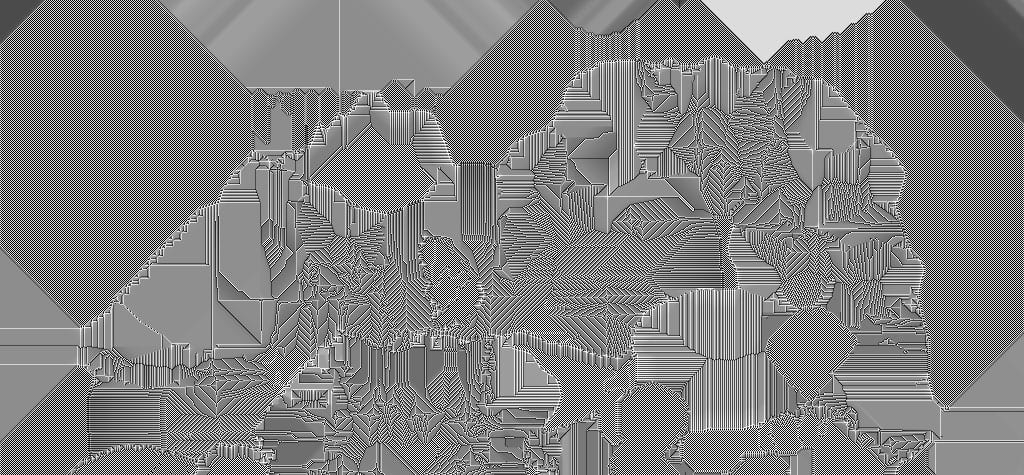A unique development day for art teachers on introducing generative art into the classroom. This one-day training will build your confidence in teaching the topic of generative art through examples and practical work.

Posted: 02/01/2016
This one-day training will build your confidence in teaching the topic of generative art through examples and practical work.
It will be delivered in state-of-the-art facilities at Goldsmiths by lecturers from our Digital Arts Computing degree, Dr Simon Katan and Dr Theo Papatheodorou. Participants will be provided with a teachers pack with links to online resources.
When: 10:30am -3:15pm Wednesday 20 April 2016
Where: Goldsmiths Computing Labs, Goldsmiths, University of London
Cost: £120 including teachers pack, lunch and refreshments.
How to book
Please email teacherscentre@gold.ac.uk to ask for a booking form.
Schedule
Introduction to Generative Art – 10:30am – 12noon
This 90-minute session will familiarise you with the history and theory of generative art through a range of engaging examples. You will learn how generative art sits within art history, contemporary culture and the A-level syllabus, and discover approaches to teaching the topic.
- Lunch – 12:00 – 2:45pm
Introduction to Creating Generative Art – 12:45 – 2:15pm
This session will give art teachers hands-on practice using a simple coding platform. Youll learn how to quickly create impressive digital visualisations, and gain the skills and resources to share with your own students.
- Break – 2:15 – 2:30pm
Digital Arts Computing at Goldsmiths – 2:303:15pm
At the end of the day youll get a chance to hear about our own teaching practices, and opportunities for your students to study at Goldsmiths.
Learning outcomes
By the end of this one-day training course, participants will:
- understand what defines Computational Art and its place within the wider context of art history
- understand and be able to use a number of basic generative drawing techniques
- have developed ideas and techniques for delivering this theoretical and practical content in the classroom
- have gained a knowledge of HE pathways for Computational Arts and further career opportunities.
What is generative art?

Generative art refers to any art practice where the artist creates a process (eg, a computer program or a set of rules) which is set into motion resulting in a completed work of art. Artists rarely change the process once it has started, so they spend time searching for processes that will achieve the most surprising and expressive results.
Contemporary artists include Memo Atken, Paul Prudence, Sakia Freeke and Angie Fang.
About Computing at Goldsmiths
Goldsmiths Computing is all about creativity, independence and learning by doing. We provide students with the skills and knowledge to work on their own projects – creating software, designing games, building machines, inventing musical instruments, making art and starting businesses. As a result, the technical and problem-solving skills they develop make our graduates highly employable.
Our undergraduate programmes include Digital Arts Computing, Creative Computing, Games Programming, Business Computing, Computer Science and Music Computing. Our Foundation Year is a popular entry route for students who dont have the academic profile to join us at degree level.
About the tutors
Dr Simon Katan is a digital artist with a background in music and a strong preoccupation with games and play. His work incorporates hidden mechanisms, emergent behaviour, paradox, self-reference, inconsistency, abstract humour, absurdity and wonder. He makes software which creates musical odysseys through exploring animated worlds and design games in which the players unwittingly become performers of bizarre and occasionally daft rites.
He completed a PhD in audio-visual co-dependency in music at Brunel University in 2012 and won a Prix Ars Electronica Honorary Mention for his work Cube with Magic Ribbons. Simon has exhibited and performed in the UK and Europe at festivals and conferences including Imatronic (Germany), Beam Festival, Sonica, ICMC, Hide and Seek Fest, IG Fest, Spitalfields Festival, Sonorities, Green Man Festival, Secret Garden Party, and Borealis. Recent residencies include Pixel Palace at Tyneside Cinema and ZKM Karlsruhe.
He is course leader of Goldsmiths BSc Creative Computing, and a researcher at Goldsmiths Embodied Audio Visual Interactions group. He is currently designing an audio-only mobile game for the Royal Opera Houses latest production of lOrfeo.
Dr Theodoros Papatheodorou is the course leader of the BSc Digital Arts Computing course as well as the MA/MFA in Computational Arts. He completed his PhD in face recognition at Imperial College after which he returned to Greece where he started the premiere computational media course at the Athens School of Fine Arts. He is the founder of visualcortex, a creative technology studio developing installations and interactive projections for live performances. His work has been exhibited internationally and his interactive projections have been featured in plays and live shows in some of the biggest theaters in Greece.
